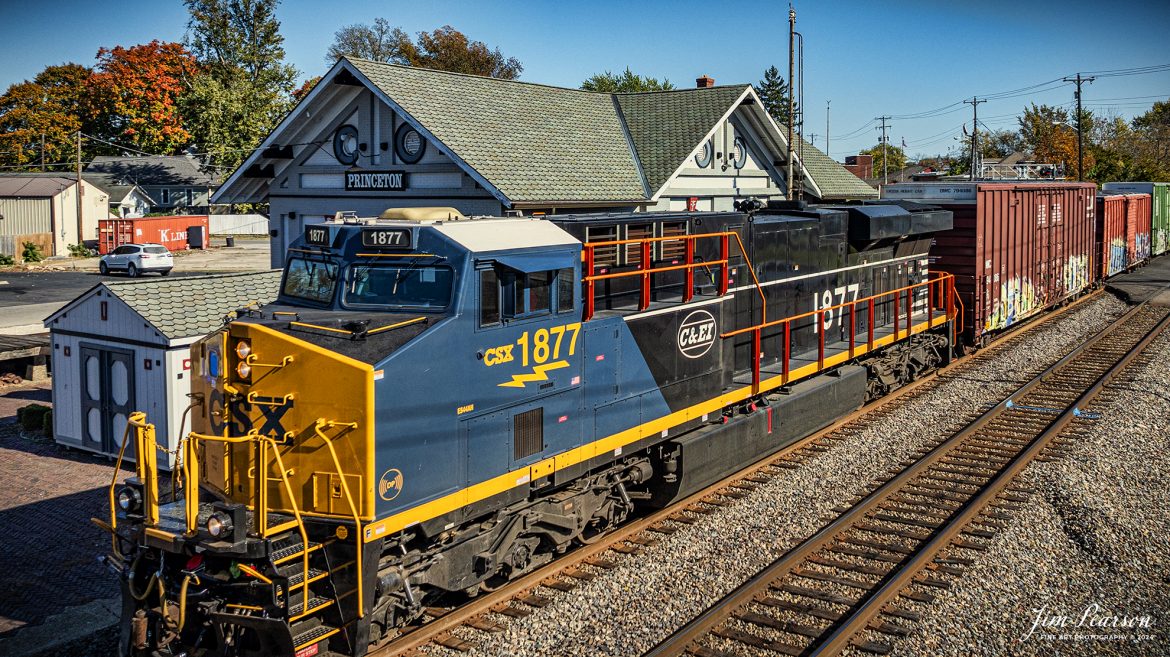The State Railway of Thailand (SRT) locomotive 3004 heads across the Bridge over the River Kwai, around 1988, as it heads to the Kanchanaburi Station on part of the original 258-mile (415-kilometer) long Thai-Burma Railway.
During WW II, Japan constructed this meter-gauge railway line from Ban Pong, Thailand to Thanbyuzayat, Burma. The line passing through the scenic Three Pagodas Pass runs for 250 miles. This is now known as the Death Railway.
The railway line was meant to transport cargo daily to India, to back up their planned attack on India. The construction was done using POWs and Asian slave laborers in unfavorable conditions. The work started in October 1942 and was completed in a year. Due to the difficult terrain, thousands of laborers lost their lives. It is believed that one life was lost for each sleeper (tie) laid in the track.
At the nearby Kanchanaburi War Cemetery, around 7,000 POWs, who sacrificed their lives in the railway construction, are buried. Another 2,000 are laid to rest at the Chungkai Cemetery.
The River Kwai Bridge became famous all over the world, when it was featured in movies and books. The cliff-hugging tracks and the natural beauty of the surrounding mountains and valleys were well captured in the David Lean movie.
This is another scan from a Fuji 6×17 film camera that I’ve shot in the past and on Saturday’s at 5pm CST I plan on highlighting some of these images and others shot on slide film, so check back then to see more images from around the world from my past travels!
Fuji 6×17, Fuji 105mm lens, other exposure information wasn’t recorded back then, shot on Kodachrome Film.




















